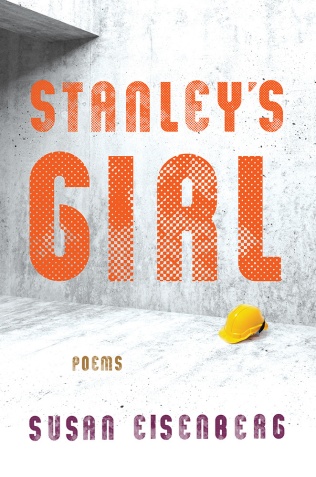One thing I appreciate about meeting with Cornell University Press’ Director Dean J. Smith, is that I always leave his office with some kind of insight or anecdote. He seems to be a natural story-teller, and last week he told me how he gave a free copy of Suzanne Gordon’s new book Wounds of War, to a veteran who walked into Sage House. The conversation moved Dean and he decided he wanted to do something special for veterans. His words resonated with me.
For those who are not familiar with her work, Suzanne is an award-winning healthcare journalist and author who spent more than thirty years researching health care delivery and nursing in the American private, profit-driven marketplace. And even though she is not a veteran herself, she is genuinely concerned by the move towards outsourcing veterans’ care. Last month, Suzanne wrote a blog post for our website about the dangers of privatizing the Veterans Health Administration (VHA), emphasizing the need to protect a system that manages the healthcare of a vulnerable population that is, “at high risk for mental health and substance abuse problems, suicide, chronic pain, homelessness, and legal issues, to name a few.” Her fight is one born out of personal motivation; as a civilian, she has nothing to gain from the political debate around the VA.
All this said, and in anticipation of #VeteransDay in the US this Sunday, we have decided to celebrate all veterans, their families, and caregivers, with a special book giveaway! And we are inviting them to share a flyer on Facebook or Twitter, for the chance to enter to win a FREE copy of Suzanne Gordon’s new release Wounds of War.
Additionally, we’ll send a free copy of Suzanne’s previous book, The Battle for Veterans’ Healthcare, to the first 500 people who email us at cupress-sales@cornell.edu on November 11th*. Please type “Veterans’ Day Promo” in the subject of your email.
At #CornellPress, we believe that it is our duty to spread knowledge and support the men and women who have served this country, showing them our appreciation with these two promotions. We hope that everybody participates and enjoys their new books!

*By sending an email to get a free copy of The Battle for Veterans’ Healthcare, you agree to receive mail notifications with the latest updates from Cornell University Press. Promo valid in the US only.
For more information on Wounds of War, listen to the following interviews with Suzanne Gordon on Frontlines of Freedom and the Radioactive Broadcasting show:
http://frontlinesoffreedom.com/2018/10/13/show-564-1st-hour/
http://radioactivebroadcasting.com/directory/itemlist/category/310-urgent-care
About the author of this blog post: Adriana Ferreira is the Social Media Coordinator at Cornell University Press. She is excited to extend this offer to veterans and hope that they can celebrate their day in a special way!









 *U.S.A. only
*U.S.A. only
You must be logged in to post a comment.